Turmeric and Inflammation
By Don and Peggy Doman
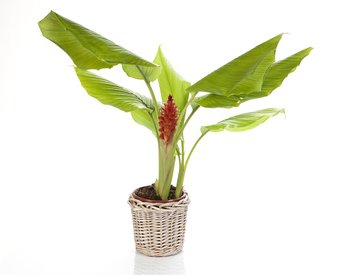
I wandered through the stalls of the huge Maku’u Farmers Market in Pahoa looking for turmeric and Hawaiian shirts in my size.
On the plane from Seattle-Tacoma to Honolulu Peg spotted an article in the in-flight magazine entitled Healing Garden. The article mentioned olena (turmeric), which I knew was one of the superfoods.
I had never seen turmeric in its native state, but I thought the odds were in my favor to find the plant at one of the local markets we would be visiting on Hawaii’s Big Island. I searched and found it.
In one of the stalls I met U’I Pai. She was there to sell her coconut oil, another herbal remedy. I asked her if turmeric plants were available. She said, “No. This is the dormant time of year for the plant.” She then sang me a Hawaiian song, Pua `olena (written by Jimmy Kaholokula), about the turmeric flower falling asleep in the forest. What a nice way to meet someone.
`Olena blossom, blossom sleeping
In the forest, sleeping here
The misty summer rain
Awake and show now
Your beauty
`Olena blossom, `olena blossom
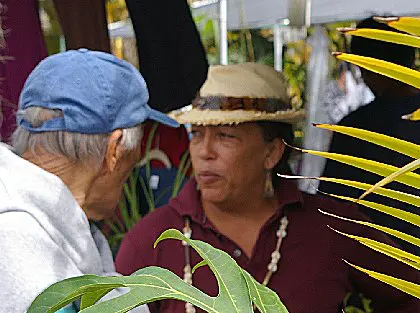
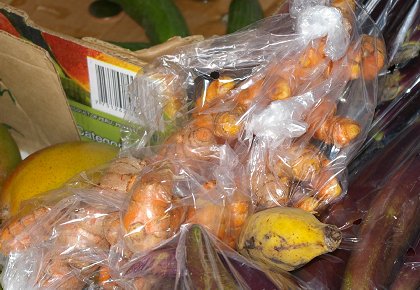
U’I went on to explain the difference between Indonesian turmeric has purple flowers and Hawaiian turmeric has golden or yellow flowers. “The powder created from both roots is golden, however.” She told me that several vendors at the market sold turmeric root, “But you can grow them from a little piece of root.” A few booths away I found orange turmeric roots – $2 a bag.
Turmeric is one of the canoe plants, meaning that it was brought to the Hawaiian Islands with the original Polynesian settlers. It’s part of the ginger family and one of the main ingredients in curry. Hawaiian healers say that the plant offers relief from a variety of diseases and that it fights inflammation.
(Take a look at the “Healthy Twists on Traditonal Sandwiches” video at the bottom of the page for an excellent suggestion on an egg salad sandwich using curry powder.)
Victoria J. Drake, Ph.D., a research associate from the Linus Pauling Institute writes in her article Two Faces of Inflammation, “Several human diseases are inflammatory in nature, including asthma, Crohn’s disease, rheumatoid arthritis, polymyalgia rheumatica, tendonitis, bursitis, laryngitis, gingivitis, gastritis, otitis, celiac disease (gluten intolerance), diverticulitis (infection of the diverticula in the colon), and inflammatory bowel disease. Additionally, a number of chronic diseases have inflammatory components, such as atherosclerosis, obesity, diabetes, cancer, and perhaps even Alzheimer’s Disease.”
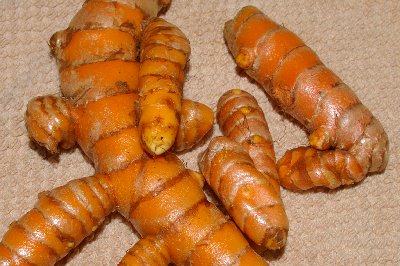
Healers mention turmeric and ginger aiding digestion and quieting upset stomachs.
“A few reports suggest that the spices turmeric (curcumin) and ginger, as well as the herb Boswellia serrata, may inhibit the pro-inflammatory lipooxygenase or cyclooxygenase pathways; however, scientific data supporting anti-inflammatory properties are largely lacking. Catechins, polyphenolic compounds found in tea, have both antioxidant and anti-inflammatory effects. Further, data from animal models suggest that alpha-lipoic acid, when provided as a dietary supplement, has anti-inflammatory properties.”
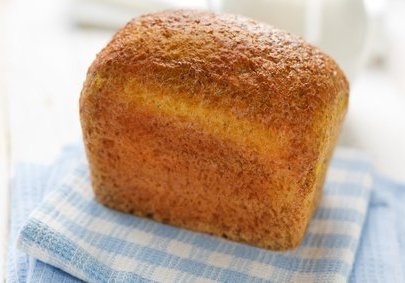
Several days into our Hawaiian vacation Peg wasn’t feeling well. I made a chicken broth reduction with onions, garlic, carrots and grated turmeric. I served it with ramen noodles and, to dunk, whole grain toast made from Roman Meal bread, a favorite whole grain bread in the Islands. Her dinner, a new family favorite, calmed her stomach and put a smile on her face.
In looking up turmeric recipes I found a couple for whole grain breads with turmeric as an ingredient. I need to try turmeric bread, which supposedly has a beautiful golden color and a wonderful aroma. The result, turmeric whole grain toast; I want some, now! We should experiment with Roman Meal Baking Cereals for food that tastes good, looks good, and is good for you. This is food to savor and benefit from.
c. 2013 – Live2AgeWell.com
This free healthy aging and living article is made possible by the Linus Pauling Institute and the Roman Meal Company.

